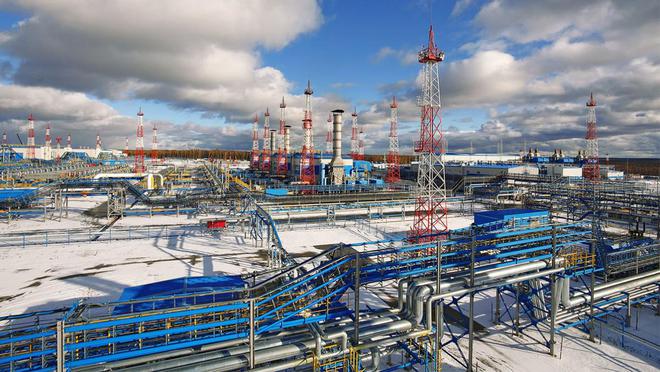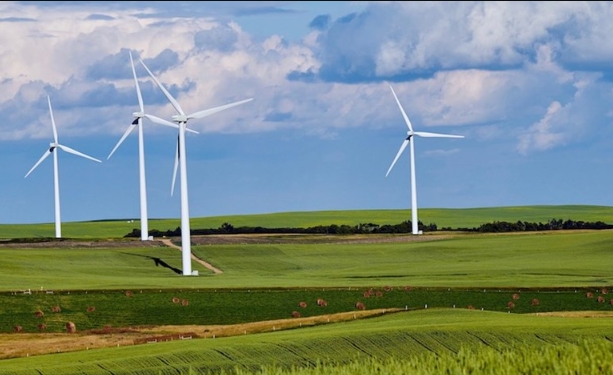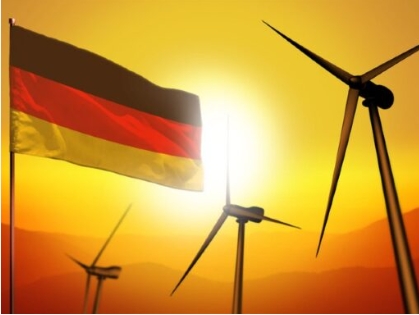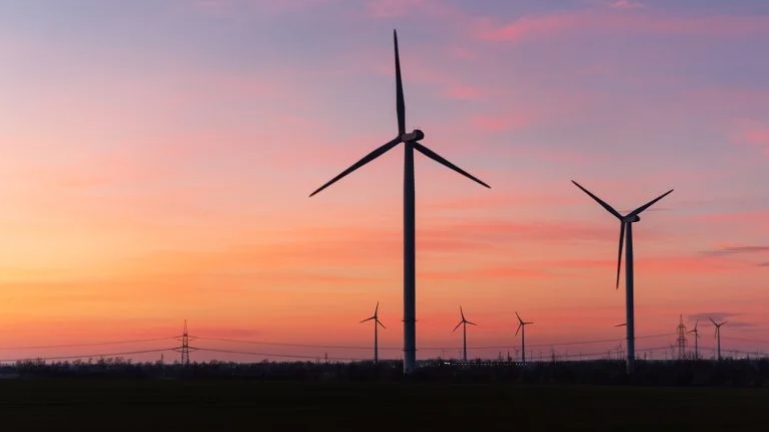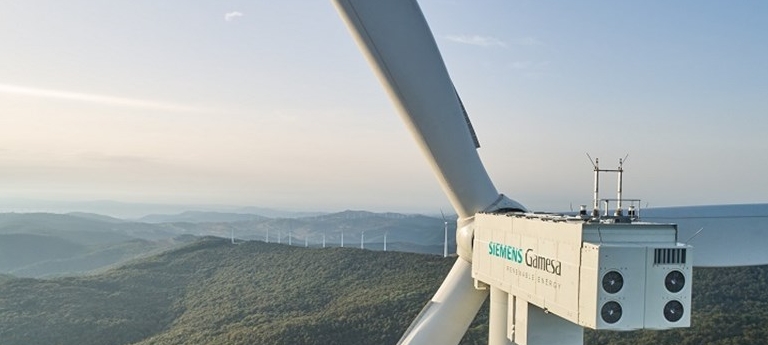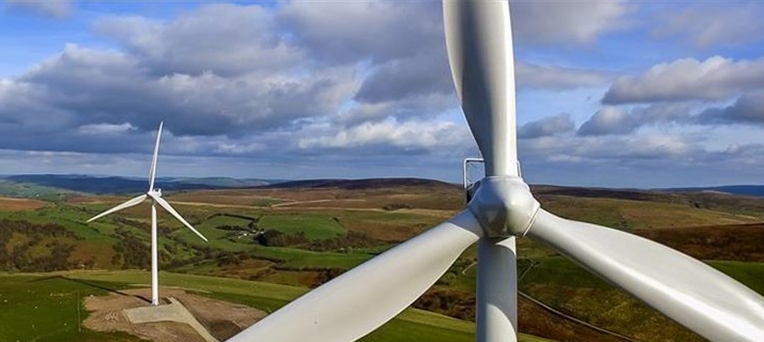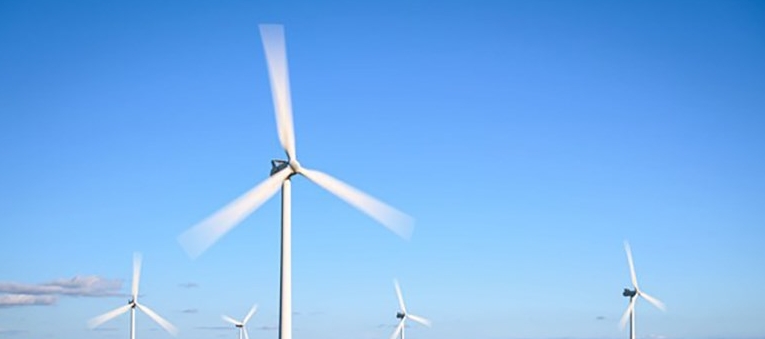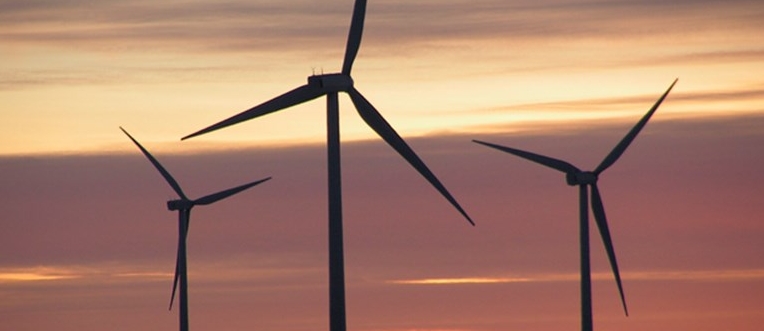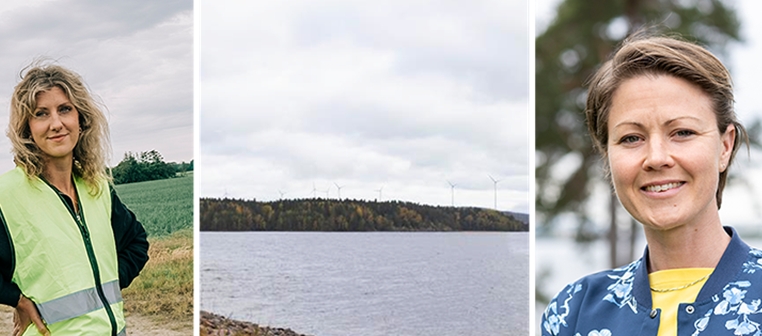In 2019, the Nigerian National Petroleum Company Ltd (NNPCL) embarked on a journey to extend the scope of the Kwale Gas Processing plant, ANOH Gas Processing Plant and initiate the ANOH OB3 Custody Transfer Metering Station (CTMS) Gas Pipeline project.
The ANOH Gas Processing Plant (AGPC) was designed to process non-associated gas and produce dry gas, condensate, and LPG. It has a processing capacity of 300mmscfd. And the ANOH-OB3 CTMS Gas Pipeline Project is the construction of a pipeline to evacuate dry gas from the Assa North-Ohaji South (ANOH) primary treatment facility (PTF) to OB3 CTMS for delivery into the OB3 pipeline system. About 600MMscf/d is estimated to be available from two separate 2 x 300MMscf/d capacity gas processing production trains from AGPC and SPDC JV.
On a fact-finding mission at the Assa Ohaji-egbema location, the reporter captured NNPCL’s optimism at the development.
“With the commissioning of this plant, an incremental volume of 220MMscfd per day would enter into that system,” said Olalekan Ogunleye, the EVP, Gas, Power and Energy, NNPCL.
“We are focused resolutely in the River Niger crossing which would give us the absolute chance to optimise that asset.”
Already, 100km of the 130km of the OB-1-3 pipeline is already in use, Ogunleye said.
The AGPC is an incorporated joint venture (IJV) between Seplat Energy and NNPC Gas Infrastructure Company (NGIC) Ltd. And the Anoh Gas Processing Plant has a phase one processing capacity of 300mmscfd. Once it begins operations, the plant will deliver dry gas, condensate, and LPG to customers. It is envisaged that AGPC will sell the gas and LPG domestically, and the condensates to the international market.
The CEO of Seplat, Roger Brown, said they’re ready to kick off. According to him, what is needed for gas to be piped now is the drilling and hook-up of the Upstream wells and completion of essential third-party infrastructure: the OB3 pipeline river crossing and Spur Line connecting OB3 to the gas plant. The project is expected to deliver about 25% of the country’s gas needs.
“We’re ready to go,” said Brown. “We’re excited. We were at mechanical completion at the end of last year. We’re now nearing the completion of two credible pipelines which would connect us into the OB3-1 pipeline. When that’s up and running, we’ll be producing gas. And it’s transformational.”
AHL Gas Processing Plant 2, an expansion of the Kwale Gas Processing Plant, which currently supplies about 130MMscf/d of gas to the domestic market, is designed to process and deliver 200MMscf/d of gas through the OB3 Gas Pipeline. The plant will also produce about 160,000 MTPA of Propane and 100,000 MTPA of Butane, which will reduce the dependency on LPG Imports. According to SEEPCO, NNPCL’s partner on the project, it produces 12% of the LPG currently used in the country.
“The beauty is that the C1 which we produce from the first gas plant supplies a good part of the industrial economy in Nigeria,” said Monit Barot, Managing Director of SEEPCO.
“And with the second gas plant coming on line, we would have a greater share in the industrialisation of the Nigerian economy.”
According to Statista, Nigeria’s gas reserves is around 200 trillion cubic feet, which is about three percent of the proved global natural gas reserves. In the past, the country has grazed exploiting its gas but with recent moves, the country is set to put gas on the frontburner. And rightly so. But really what is transformative about these projects?
Well, for one, at the ANOH Gas Processing Plant for instance, the process of producing gas does not involve flaring, an environmental nuisance that blights the oil and gas industry. While the host communities would appreciate this innovation, they also know the economic importance of the plant.
“Commerce here would improve,”said a traditional ruler, the Odozie Obodo II of Assa Kingdom, Emmanuel Asor. “Virtually the structures you are seeing here would get down and new ones would be raised. And here it would be just like Abuja.”
However, it is not only gas-producing regions that stand to benefit but the whole citizenry. More gas would translate to cheaper electricity, cheaper cooking gas and faster industrialisation. This is another win-win that deserves celebration.
While the average Nigerian may view gas as basically just for cooking, in reality, gas is deployed beyond that. Think electricity. That is one aspect gas would become a game changer for the country. At the 2nd Domestic Gas and Gas Infrastructure Summit held in Abuja last October, experts agreed on the need to lean more on gas for electricity in the country. The minister of power, Adebayo Adelabu, said Nigeria would need to supply more gas for the domestic market to have more electricity among other things. Al-Mujtaba Abubakar, president, Abuja Chamber of Commerce and Industry (ACCI) also agrees with him.
“Globally, natural gas has replaced coal as the fuel of choice for electricity production, with climate and air quality benefits,” said Abubakar.
With the coming up of these new gas plants, the days of epileptic electricity supply may soon be over.
Also, think of vehicles. In the wake of the fuel subsidy removal last year, cost of petrol immediately skyrocketed, provoking the adoption of Compressed Natural Gas (CNG) to power vehicles as a cheaper alternative. It was only then some Nigerians knew that with a little tweaking they could power their vehicles and electric generators with gas. While a state like Ogun has led the initiative in direction of CNG vehicles, particularly commercial buses, the federal government is set to come in with a bang.
“All is now ready for delivery of the first set of critical assets for deployment and launch of the CNG initiative ahead of the first anniversary of the Tinubu administration on May 29,” said Bayo Onanuga, the Special Adviser to the President on Information and Strategy, recently.
He said the Federal Government allocated N100 billion from the N500 billion palliative budget to purchase 5,500 CNG vehicles (buses and tricycles), 100 electric buses, and over 20,000 CNG conversion kits, and build CNG refill stations and electric charging stations nationwide. Onanuga revealed that the grand vision of the initiative is to get at least one million natural gas-propelled vehicles on Nigerian roads by 2027. Now, that would be transformational.
“It must be noted that soon-to-be-completed gas pipeline projects initiated by the Buhari administration and being completed by NNPCL (the AKK Pipeline) will take gas into the hinterlands of North East and North West where there is a current paucity,” said Onanuga.
Coupled with existing structures, the launch of the two gas plants and the gas pipeline is set to radically transform the Nigerian power sector. Check it out. We’ll be able to get cheaper gas to cook more efficiently, get cheaper gas to power our cars, and get cheaper electricity to power our lives. Who still argues that Nigeria is not on the right path?
